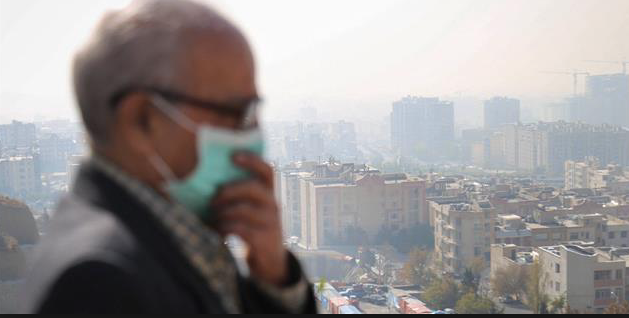The Trump Administration and the environment: Impact on human health

Last Updated on March 6, 2017 by Joseph Gut – thasso
March 06, 2017 – The following article by Samet et. al. discusses the impact that newly sought after legislation and budgeting cuts by the Trump Administration may have on environmental health. Usually, thasso post does not address politically based issues; in the case of the intention by the Trump Administration to de facto dismantle EPA, thasso post would like to at least make their readers aware of the below article which is concerned with the importance of the Environmental Protection Agency (EPA) in environmental health.
PubMed: Samet JM, Burke TA, Goldstein BD. N. Engl. J. Med. 2017 Mar. PMID: 28249122
Abstract
Science-based policies and regulations have resulted in tremendous gains in environmental quality and reduced the population’s exposure to harmful pollutants (see Figure 1 : Changes in Concentrations of Criteria Pollutants, 1990–2015.). In the United States, the gains have been driven by major laws that were passed and amended by Republican and Democratic administrations alike (see Table 1: Major Environmental Laws in the United States). For example, the 1970 Clean Air Act (CAA), signed by President Richard Nixon, called for a broad array of measures to improve air quality, addressing the major airborne pollutants and their sources. The resulting improvements in air quality have been substantial (see Figure 1 and Figure 2: Changes in Economic Indicators and Pollutant Emissions, 1970–2015.) and have benefited human health (see references 1-3 of the original article).

Nationally, laws covering the environment are implemented and enforced by several federal agencies, including the Environmental Protection Agency (EPA), which has a leading role on the environment, and through partnership with and delegation to the states. When first implemented, the laws and agency actions were based on a “command and control approach” driven by public demands to clean up visibly polluted air, water, and soil. Detection of additional chemical contaminants in air, water, and biota and scientific evidence of adverse health outcomes led to “risk assessment and management” as an additional approach to environmental control.
The EPA has also faced general challenges that transcend particular legislation, including a mandate for “environmental justice” to eliminate disparities in environmental exposures (reference 4 of the original article); climate change, which was initially recognized as a problem by the Reagan administration; and other local and global sustainability issues resulting from a growing world population living in mega-cities on a limited land mass.
Climate change also provides a case study of the need for integrating the EPA’s science with legal processes, since litigation has become a common tactic for both motivating and blocking regulatory actions. Greenhouse-gas emissions were not directly covered in the CAA, but in Massachusetts vs. EPA, the Supreme Court found that that law was sufficiently broad to cover such emissions from mobile sources (reference 5 of the original article). President Barack Obama’s Clean Power Plan, currently stayed by the Supreme Court, drew on the CAA to address carbon emissions from power plants (reference 6 of the original article).
States’ actions have also contributed to improving environmental quality. The California Air Resources Board implemented particularly stringent health-based standards for vehicle emissions, which fostered technological advances now in use worldwide. New Jersey’s efforts to clean up hazardous-waste sites and require reporting of toxic releases also became models for national programs that have led to dramatic reductions in emissions and protection of drinking-water resources (reference 7 of the original article).
The intended policy directions described to date by President Donald Trump and his appointees, and likely to be supported by Republicans in Congress, raise concern about future environmental regulations and protection, particularly if utilization of fossil fuels, including coal, is fostered over sustainable alternatives; if reduction of greenhouse-gas emissions through national action is abandoned; and if congressional action narrowing the definition of waters subject to EPA regulation, a measure that President Obama vetoed in 2016, becomes law (reference 8 of original article), damaging water quality.
Our views on the environment and health are shaped by long careers as researchers who have been extensively engaged in state and national environmental policy. We believe that scientific evidence provides the foundation for environmental protection and underscores the necessity, enshrined in U.S. environmental laws, of protecting human health.
See the complete article here.
_______________________






